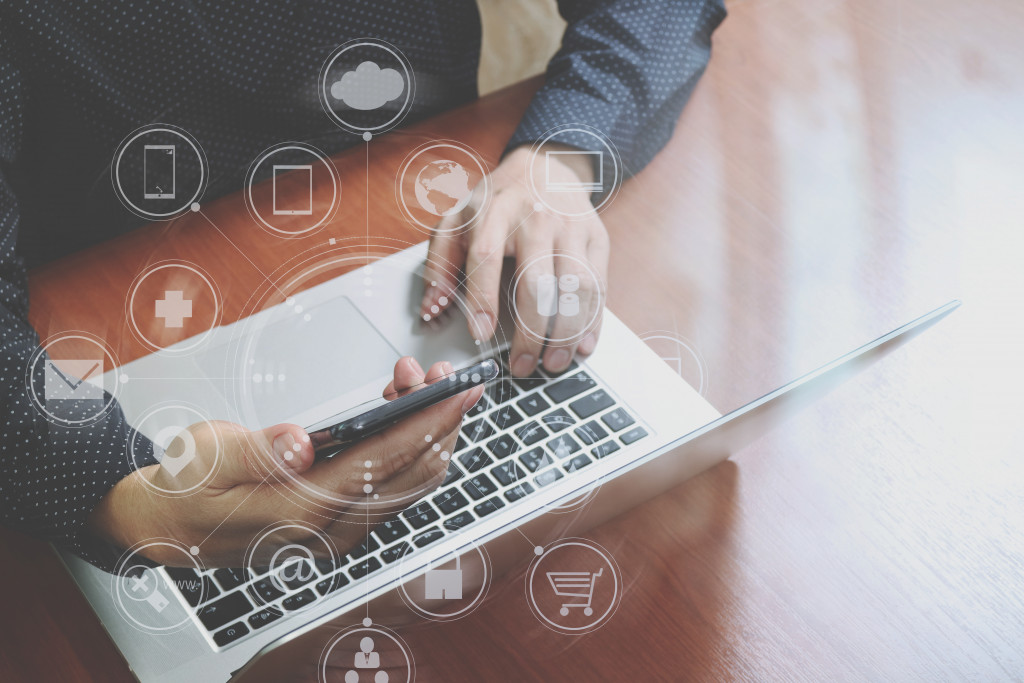Every year, as weather extremes and environmental conditions worsen around the globe, we are faced with the imminent pressure to pursue more sustainable living. More people have come to realize that this is a collective struggle, and that’s a good thing.
We now make environmentally responsible choices in many different aspects of our lifestyles. Whether it’s using recyclable produce bags, following a ‘flexitarian’ diet, or reducing the number of trips we make by car or plane, every bit helps on an individual level.
Yet, most Americans agree that businesses have a higher impact than consumers and must drive towards a sustainable future. We might not all be business leaders, but we can use our skills to make a difference at the organizations we work for and push towards a circular economy.
A problem of models
At any modern company, there will be various measures implemented to make operations more sustainable. These may range from conserving electricity and waste at the office to helping the community with activities such as local clean-ups, fundraisers, and drives for awareness.
The issue with such practices is that they address symptoms, not causes. Alone, it’s easy to see how a single action can help the environment and minimize a business’s impact. But they always fit into a greater context.
On an individual level, people may make similar errors when they purchase carbon offsets. It certainly makes sense to pay money so that someone else, a corporation, or an individual with greater influence, practices sustainability. But in practice, the efficacy of the offset may be difficult or impossible to verify, enforce, make permanent, and avoid leakage.
The problem for most businesses today is that they operate on a large scale and use the wrong model as far as the environment is concerned. In a linear model, a business takes resources to make products and inevitably creates waste at the end of the life cycle or as a byproduct of processes.
Without rethinking this model, businesses too often make the mistake of thinking that haphazard measures to be sustainable are actually effective. But the environment isn’t a balance sheet where the positives and negatives cancel out. Saving power at the office doesn’t magically erase the problems created if your company utilizes single-use plastics, for instance.
Working towards a new model
In recent years, there have been growing calls for businesses to move toward a circular economic model. This approach integrates waste management, maximizing materials usage, and helping to regenerate the environment. It emphasizes the company’s role in finding practical solutions by changing the operational framework and drawing upon the economy for resources rather than the environment.
A circular economy has the potential to succeed where the piecemeal approach to sustainability fails. It constantly takes the organization’s entire impact into account. Instead of seeking to offset unsustainable practices in areas where their negative impact can be more easily disguised, it seeks to achieve true sustainability.
If that sounds good, you might be wondering what the obstacle is. Why don’t more companies make this happen?
Applying your skills

The resistance to change exists because most people don’t get to make decisions that matter. It’s the executives and leaders at the companies we work for who must be convinced that transitioning to a circular economy is the way forward.
An individual employee can contribute to that goal using their skills in two broad categories: design and communication.
A circular economy is a business model created through a design process. You can’t simply copy and paste a template of best practices from another company, even one within the same industry. The need to devise your own is a stumbling block in terms of difficulty.
Design skills help to overcome that objection. Your awareness and expertise of specific aspects of the value journey can help you design a better process. You can contribute to a proposal to repurpose wastes, integrating them into the product cycle. Knowing how consumers use the product and what leads them to return or throw away items can inform a better, circular process.
Communication skills will also be critical to overcoming literal objections in the minds of leaders. Their priorities are often bound to the company’s bottom line.
You may not necessarily be the one to present the case for a circular economy to the boardroom, but you can contribute in this regard. Skill in data visualization, for instance, can help drive home the message. Motivational skills and empathy can help you influence the people capable of creating a pitch and being effective advocates in dealing with management.
If saving the environment truly matters to you, it’s time to leverage your skills at the company you work for and make a difference by influencing the right people.

